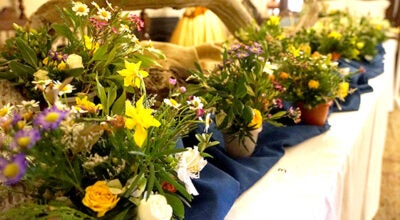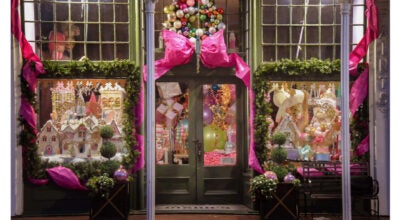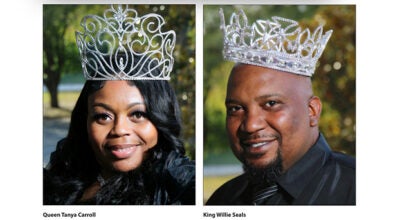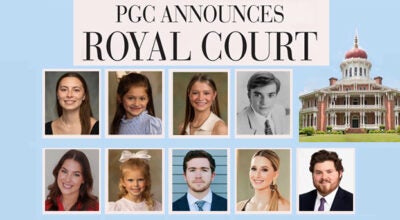Woodville Episcopal church knows how to kick up its heels
Published 12:01 am Wednesday, August 22, 2012

LAUREN WOOD/THE NATCHEZ DEMOCRAT — Members of the Mississippi State Society of the National Society of the Colonial Dames XVII Century walk into St. Paul’s Episcopal Church Saturday afternoon in Woodville.
WOODVILLE — Episcopalians aren’t especially known for their dancing, but a series of dance lessons in the early 1820s may have had more of an effect on the history of the Episcopal Church in Mississippi than the young dancers could have anticipated at the time.
And the dance instructor was none other than John James Audubon, a famous artist and naturalist.
Audubon was in the area trying to canvass support for his famed “Birds of America” project when he set up a series of dance classes in Woodville to entertain the aristocratic planting class with displays of music, dancing and fencing, said Douglas Lewis, a Wilkinson County resident and the former curator of the National Gallery of Art.
Those classes coincided with the beginning of the construction of St. Paul Episcopal Church in Woodville, and one of the men who had requested a newly-ordained mission priest in the area start hosting services in Woodville soon became engaged to a female participant in the dancing class, Lewis said.
Other engagements and Episcopal weddings that could be traced back to the dance classes soon followed.
St. Paul Episcopal Church is believed to be the oldest Episcopal church west of the Allegheny Mountains.
“This church’s effective godfather, more fully than ever recognized, was truly Monsieur Audubon,” Lewis said.
The Mississippi State Society of Colonial Dames of the Seventeenth Century gathered Saturday at the church to dedicate a historical marker.
Services at the church were first celebrated in April 1825, and the congregation today still meets in the same white frame building that was first raised in September 1824.
Likewise, the members still sing along with the same 1,000-pipe organ that was installed in 1837, making it the oldest instrument of its kind in continuous use in the Deep South.
Jefferson Davis — the first and only president of the Confederacy — worshipped there, as did many members of his family; a plaque commemorating the date his mother, Jane Cook Davis, was confirmed at St. Paul’s hangs on one of its walls.
The church’s original bell was recast into a cannon in 1862, but was replaced in the 1880s, when — among other things — the east end of the church was extended by 14 feet and its present chancel, sacristy and organ bay were built.
Records at the church indicate that at its founding, it was small, “nine or 10 families, and a few unmarried men,” and Senior Church Warden Jerry Foster said that’s still the case.
“On a really strong Sunday, we’ll have 20 or 25 people,” Foster said. “We are a small congregation, but we are a very close congregation.”
“We all work together because the church has too much history behind it to close the doors.”
St. Paul’s, along with the churches in Natchez, Church Hill and Port Gibson, was one of the four founding parishes of the first Episcopal diocese in Mississippi in 1826.
In addition to dancing, the church benefited from a growing religious sentiment and increased settlement in Mississippi in the mid-1800s.
The dedication at St. Paul’s Saturday was, in part, a commemoration of the “brave, courageous Christians who first settled in this place,” said Juanita Gex, honorary president general of the Colonial Dames.
“Our heritage, both personal and collective, is something we cherish.”
The Colonial Dames is a national society that — among other things — seeks to aid in the preservation of the nation’s records and historic sites and foster interest in historical colonial research, and Colonial Dames State Chaplain Cindy Phillips said it is hoped the marker will serve as a reminder of the deeds of the group’s ancestors.
As for the people of St. Paul’s, they are happy to see their little church recognized, Foster said.
“We love our church, and we love to share it,” he said. “Anyone can come by and see us any time; we have open arms.”
St. Paul Episcopal Church is located at 259 Church St.





